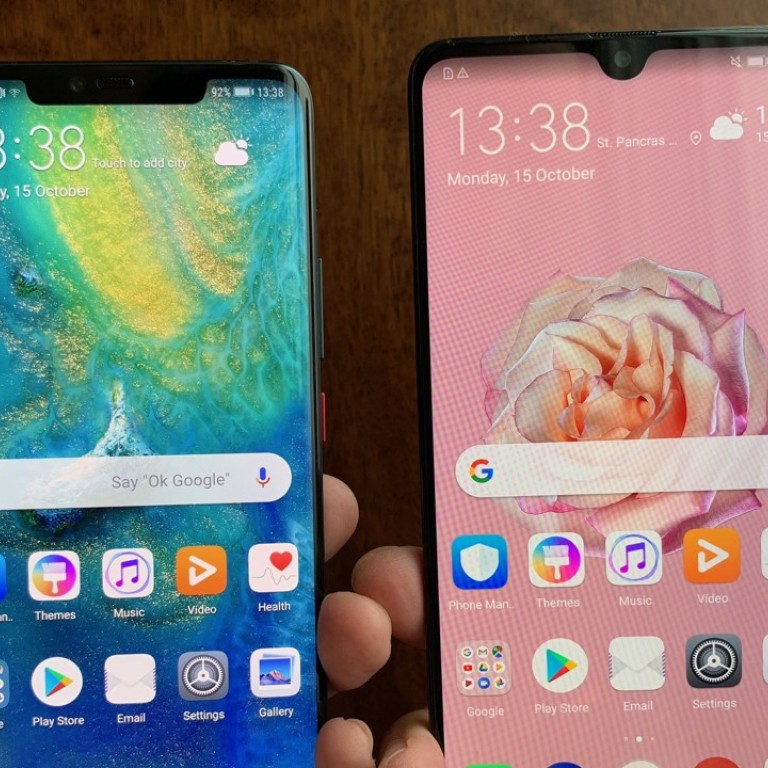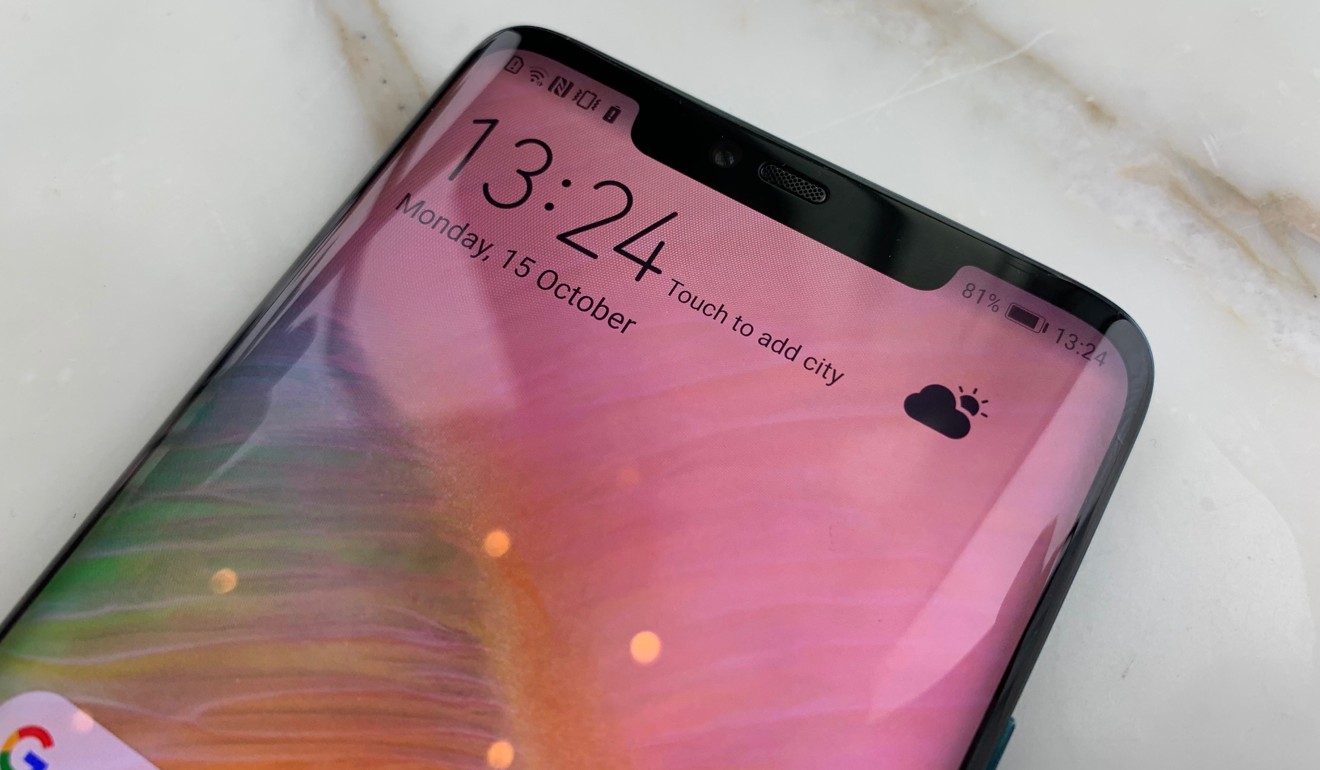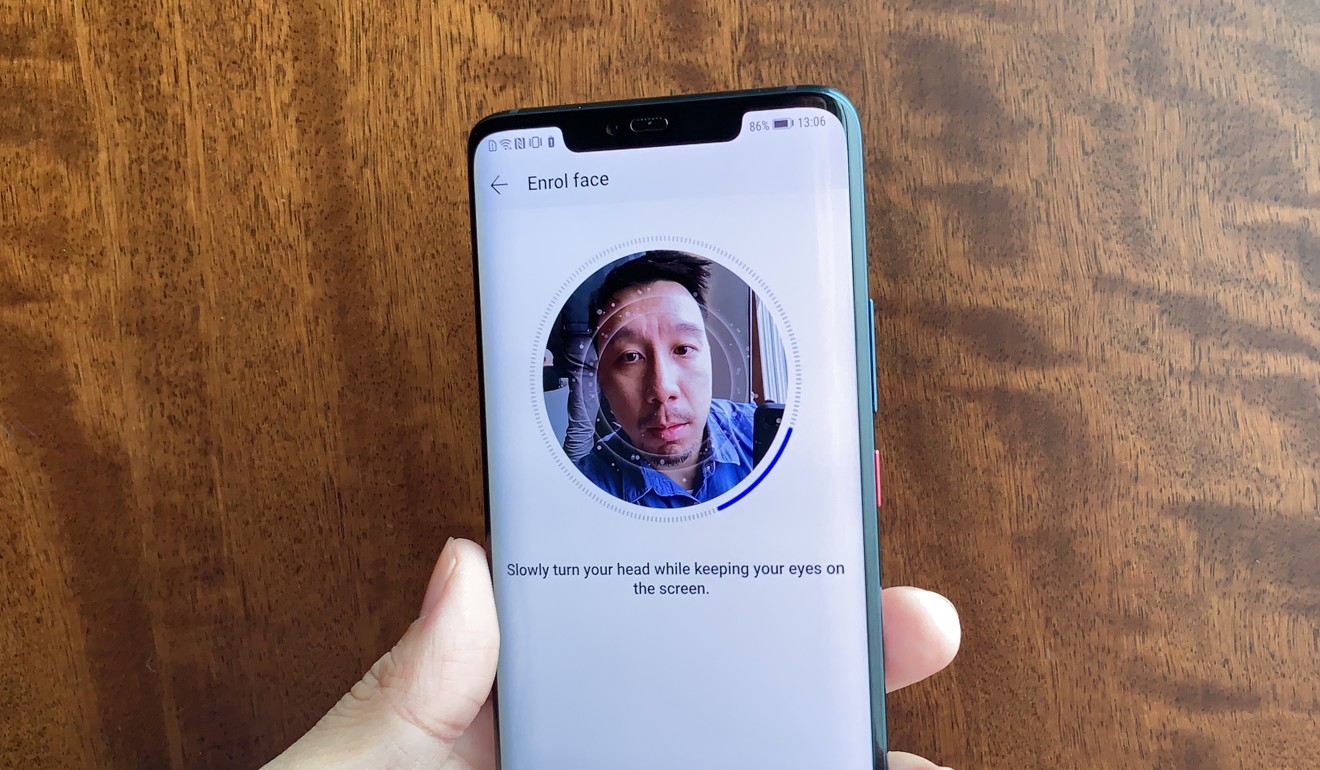
Huawei Mate 20 series first look: Pro’s reverse wireless charging and huge battery stand out
The Mate 20 and the Mate 20 Pro both have a triple-camera set-up on the back and a 24-megapixel selfie camera, while the Pro also manages to cram a fingerprint scanner underneath its screen
Huawei introduced two new phones on Tuesday as part of its Mate 20 series – and in a twist, the device with the smaller screen and significantly larger notch is the premium “Pro” model.
Both the standard Mate 20 and the Mate 20 Pro have a triple-camera set-up on the back and a 24-megapixel selfie camera on the front; they both are powered by Huawei’s own 7-nanometre chip set with a dual-NPU (neural processing unit); and both run the latest Android 9.0 with Huawei’s own software skin on top.

Just those specs would be enticing enough to most Android consumers: Huawei’s triple-camera system has proven to do wonders in lowlight; a 7-nanometre mobile chip is a technological breakthrough in the semi-conductor field that Qualcomm and Samsung still haven’t been able to achieve; and Huawei releasing a device with the latest version of Android makes LG and Samsung’s recent releases (still stuck on Android 8.1) look bad.
But the Pro model offers more: the larger notch is to accommodate a legitimate 3D facial scanning system (just like the one in the iPhone X), and the slightly smaller display (6.4 inches compared to the standard model’s 6.5) is because of the curvature on all four sides of the OLED display panel.
Huawei launches advanced 7-nanometre smartphone chip ahead of Apple, Samsung
The Pro feels smoother and more elegant than the standard, flatter device, with an LCD display that is clearly not as vibrant.
The Pro also managed to cram a fingerprint scanner underneath its screen for people who don’t want to use facial scanning to unlock, and can go underwater for minutes at a time with an IP68 water resistance rating (the standard Mate 20 is only IP53, which means it can only survive light rain).

The triple camera set-up has changed since it was first introduced in the P20 Pro. There’s still a main camera and a telephoto lens, but the third camera is now a wide-angle lens (like the ones seen in LG phones) instead of a monochrome sensor.
So just like the LG V40, the Mate 20 phones offer three distinct fields of vision and focal lengths for shooting. Personally, I have always been a fan of LG’s wide-angle lens so it is good news (for me; bad for LG) to see other companies follow that route.
Huawei phones have been the battery king for a few generations now, and the Mate 20 series keeps that up. The Mate 20 Pro packs a 4,200 mAh cell inside its petite body, with the standard Mate 20 carrying a 4,000 mAh. These are both sizes that make the batteries on iPhones and LG devices look puny.

The Mate 20 Pro can reverse wireless charge other phones, too: put an iPhone X on the Pro’s back and it will begin topping up.
But the star of the show is really the Kirin 980 chip set, with dual-NPUs inside that Huawei says can process images and analyse scenes in real time faster than any other phone.

Pricing and release dates have not been made available at time of this writing, but from my brief hands-on time with the device, I am very impressed.
New features include a video camera that recognises humans and their entire body in real time, allowing the phone to apply gimmicky, but fun, effects such as real-time bokeh or colour profiles during video recording.

Huawei has climbed its way up the smartphone mountain in recent years and is now rightfully viewed by phone enthusiasts as being on the same level as Apple and Samsung. Whether you focus on its design, power or features, the Pro is looking like the Android phone to beat in 2018.

